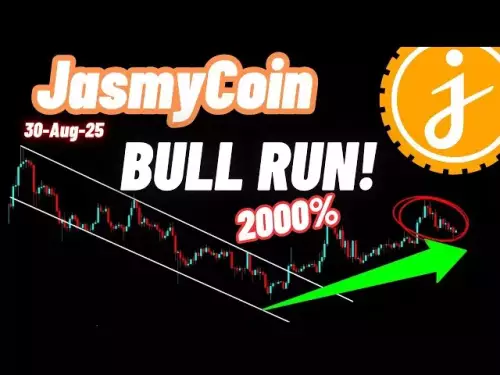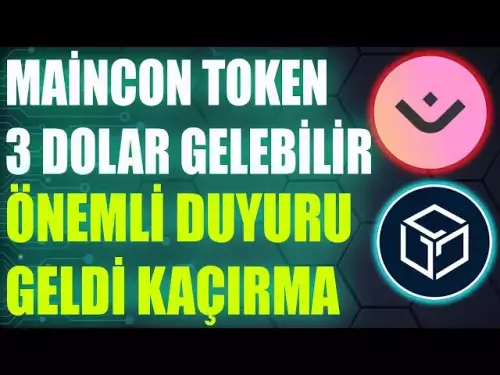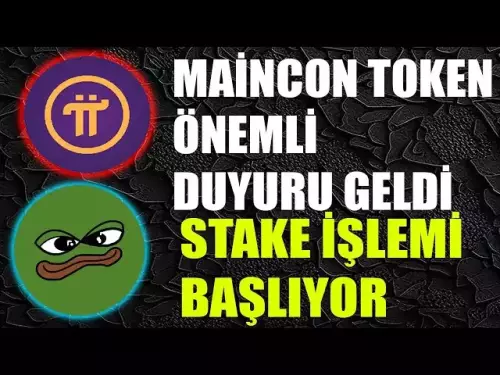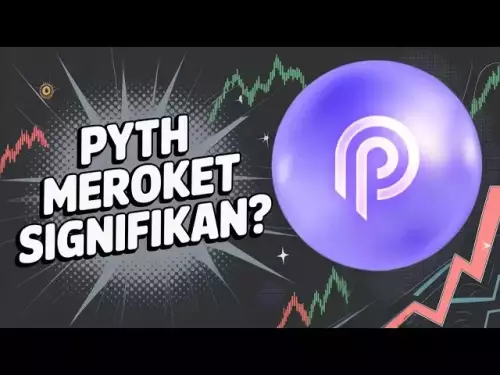-
 Bitcoin
Bitcoin $108800
0.43% -
 Ethereum
Ethereum $4353
0.12% -
 Tether USDt
Tether USDt $1.000
-0.01% -
 XRP
XRP $2.809
-0.56% -
 BNB
BNB $858.7
-0.02% -
 Solana
Solana $201.2
-1.21% -
 USDC
USDC $0.9999
0.00% -
 Dogecoin
Dogecoin $0.2153
1.48% -
 TRON
TRON $0.3385
0.33% -
 Cardano
Cardano $0.8194
-0.22% -
 Chainlink
Chainlink $23.37
0.07% -
 Hyperliquid
Hyperliquid $44.01
0.08% -
 Ethena USDe
Ethena USDe $1.001
0.01% -
 Sui
Sui $3.289
0.87% -
 Stellar
Stellar $0.3592
-0.16% -
 Bitcoin Cash
Bitcoin Cash $542.1
1.62% -
 Cronos
Cronos $0.3106
11.50% -
 Avalanche
Avalanche $23.74
1.06% -
 Hedera
Hedera $0.2256
-0.15% -
 UNUS SED LEO
UNUS SED LEO $9.496
0.22% -
 Litecoin
Litecoin $110.2
0.47% -
 Toncoin
Toncoin $3.125
2.15% -
 Shiba Inu
Shiba Inu $0.00001234
1.67% -
 Polkadot
Polkadot $3.791
0.69% -
 Uniswap
Uniswap $9.688
1.54% -
 Dai
Dai $0.0000
-0.01% -
 Bitget Token
Bitget Token $4.531
0.00% -
 Aave
Aave $316.4
1.13% -
 Monero
Monero $257.2
-0.14% -
 Ethena
Ethena $0.6525
2.68%
How to use the Binance testnet?
The Binance testnet allows developers to safely test dApps, smart contracts, and transactions using free test BNB without risking real funds.
Aug 31, 2025 at 02:19 am
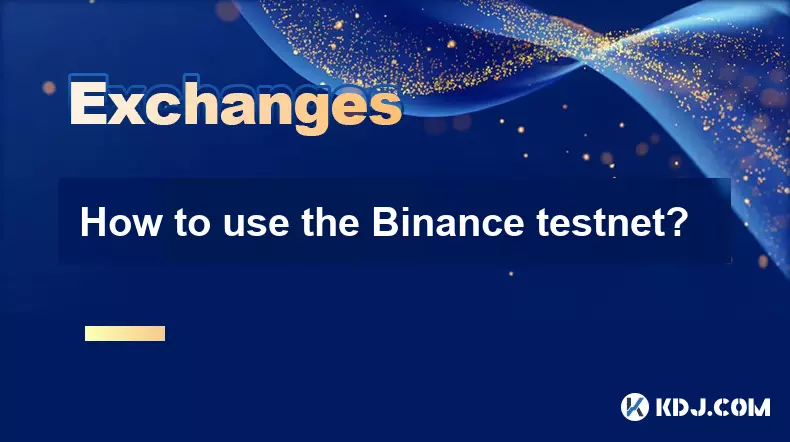
Understanding the Binance Testnet Environment
1. The Binance testnet is a simulated version of the Binance Smart Chain (BSC) that allows developers and traders to test smart contracts, decentralized applications (dApps), and trading strategies without risking real funds. It mirrors the mainnet in structure and functionality but operates independently with no financial value attached to the assets used.
2. Access to the testnet is free and open to anyone interested in experimenting with blockchain development or trading mechanics. Users can deploy contracts, mint tokens, and simulate transactions using test BNB, which holds no real-world value but behaves exactly like BNB on the mainnet.
3. To begin using the Binance testnet, users must first configure their wallet—commonly MetaMask—to connect to the BSC testnet. This involves adding the correct network parameters such as the RPC URL, chain ID, and symbol (BNB). These details are publicly available on Binance’s developer documentation.
4. Once the wallet is properly configured, users can proceed to acquire test BNB from a Binance testnet faucet. These faucets distribute small amounts of test tokens to help cover gas fees during transaction execution. Without test BNB, users cannot perform any on-chain actions.
5. The testnet environment supports all major BSC features, including token creation, liquidity pools, staking simulations, and NFT minting. This makes it an essential tool for developers aiming to debug and optimize their dApps before launching on the mainnet.
Setting Up Your Wallet for Binance Testnet
1. Open your MetaMask wallet and navigate to the network settings. Select “Custom RPC” to manually input the Binance Smart Chain testnet details. The network name should be labeled as “BSC Testnet” for easy identification.
2. Enter the RPC URL: https://data-seed-prebsc-1-s1.binance.org:8545/. This endpoint connects your wallet to the Binance testnet nodes, enabling transaction broadcasting and balance tracking.
3. Set the chain ID to 97, which uniquely identifies the BSC testnet. Input “BNB” as the currency symbol and confirm the settings. Your wallet will now switch to the BSC testnet environment.
4. After successful configuration, verify the connection by checking if your balance is zero. This indicates the wallet is active on the testnet. Any mainnet funds remain unaffected and are only visible when connected to the BSC mainnet (chain ID: 56).
5. Visit the official Binance testnet faucet website. Enter your wallet address to request test BNB. The distribution is typically automated and completed within seconds. Some faucets may require social media verification to prevent abuse.
Executing Transactions and Testing dApps
1. With test BNB in your wallet, you can now interact with testnet versions of decentralized exchanges like PancakeSwap. Connect your wallet to the testnet instance of the platform and proceed to create liquidity pools or swap test tokens.
2. Developers can deploy smart contracts using tools like Remix IDE or Hardhat. Compile the Solidity code and deploy it through the MetaMask wallet, ensuring the environment is set to BSC testnet. Gas fees will be deducted from your test BNB balance.
3. After deployment, verify the contract on BscScan’s testnet explorer by submitting the source code and compiler settings. Verified contracts enhance transparency and allow others to inspect the logic behind your dApp.
4. Simulate user interactions such as token purchases, yield farming, or NFT minting. Monitor transaction confirmations through the block explorer to analyze execution speed, gas consumption, and potential errors in logic.
5. Use the data gathered during testing to refine contract efficiency, adjust gas limits, and improve user experience. Repeat the process until the application performs reliably under various conditions.
Frequently Asked Questions
How do I get test BNB for the Binance testnet?Visit the official Binance testnet faucet and enter your wallet address. Complete any required verification steps, and the faucet will send a small amount of test BNB to your wallet for gas fees.
Is the Binance testnet secure for testing private smart contracts?Yes, the testnet is safe for testing, but all data is public. Avoid deploying contracts with sensitive logic or hardcoded secrets, as they can be viewed by anyone on the blockchain.
Can I lose money on the Binance testnet?No, the testnet uses non-valuable tokens. Transactions may fail due to insufficient test BNB, but no real funds are at risk during testing.
What happens if I send real BNB to a testnet address?Real BNB sent to a testnet address are permanently lost. The testnet and mainnet are completely isolated, and assets cannot be transferred between them.
Disclaimer:info@kdj.com
The information provided is not trading advice. kdj.com does not assume any responsibility for any investments made based on the information provided in this article. Cryptocurrencies are highly volatile and it is highly recommended that you invest with caution after thorough research!
If you believe that the content used on this website infringes your copyright, please contact us immediately (info@kdj.com) and we will delete it promptly.
- Sui's Subtle Surge: Network Activity Gains Mask Uneven Growth
- 2025-08-31 13:05:13
- Meme Coins in 2025: BullZilla, Arctic Pablo, and the Tokenomics of Virality
- 2025-08-31 13:25:13
- Ripple's Interactive Demo: Showcasing XRP's Power in Global Payments
- 2025-08-31 13:45:13
- Meme Coin Presales: Hunting for 100x Potential in a Wild Market
- 2025-08-31 10:45:12
- BNB Tokenomics: Deflationary Burns & Governance Upgrades Driving Value in 2025
- 2025-08-31 10:50:13
- Crypto Assets, Wall Street, and VanEck CEO: A New Era?
- 2025-08-31 09:05:19
Related knowledge
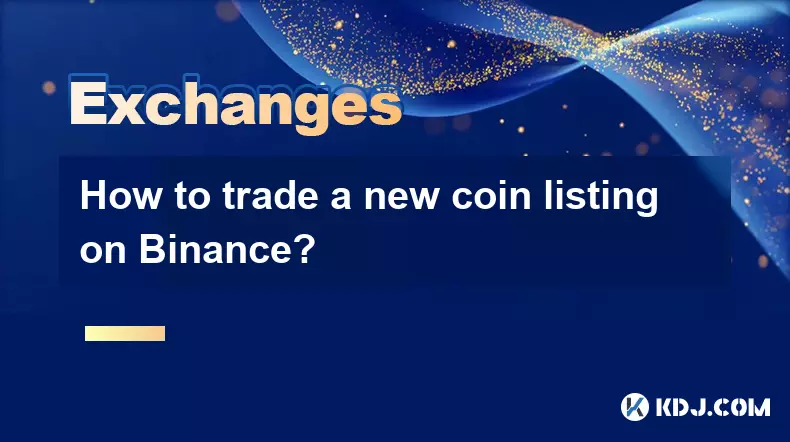
How to trade a new coin listing on Binance?
Aug 29,2025 at 11:14am
Understanding the Pre-Listing Phase1. Research the project thoroughly before any listing announcement. Whitepapers, team backgrounds, and community se...

How to use the Binance testnet?
Aug 31,2025 at 02:19am
Understanding the Binance Testnet Environment1. The Binance testnet is a simulated version of the Binance Smart Chain (BSC) that allows developers and...
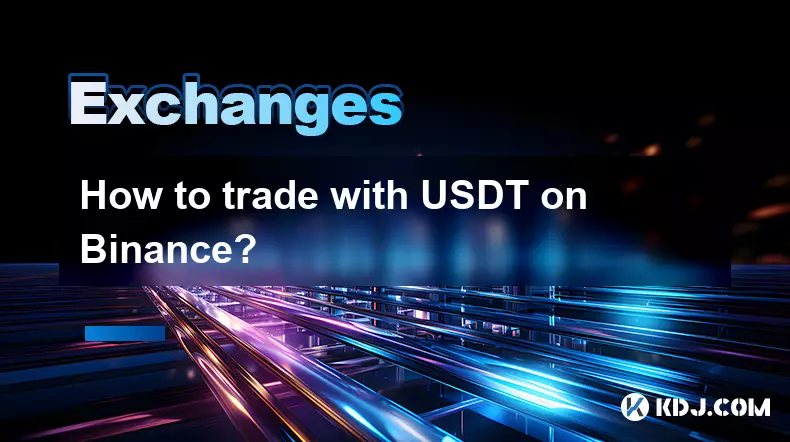
How to trade with USDT on Binance?
Aug 30,2025 at 02:19am
Getting Started with USDT Trading on Binance1. Create and verify your Binance account. Visit the official Binance website and complete the registratio...
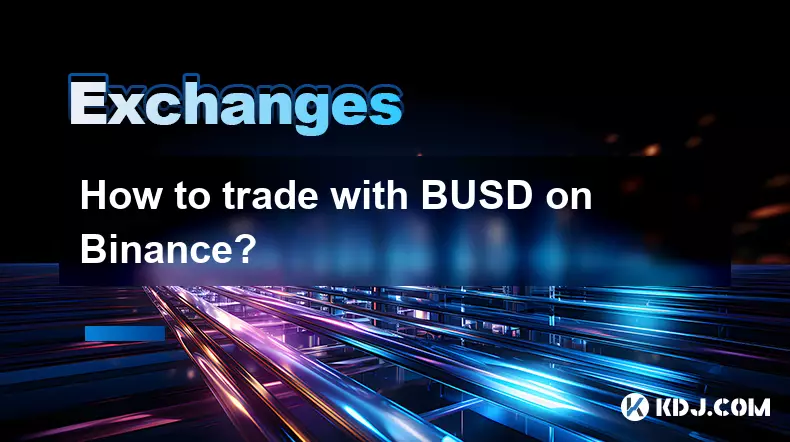
How to trade with BUSD on Binance?
Aug 30,2025 at 07:42am
Understanding BUSD and Its Role in Binance Trading1. BUSD, or Binance USD, is a stablecoin pegged to the value of the U.S. dollar, meaning 1 BUSD is a...
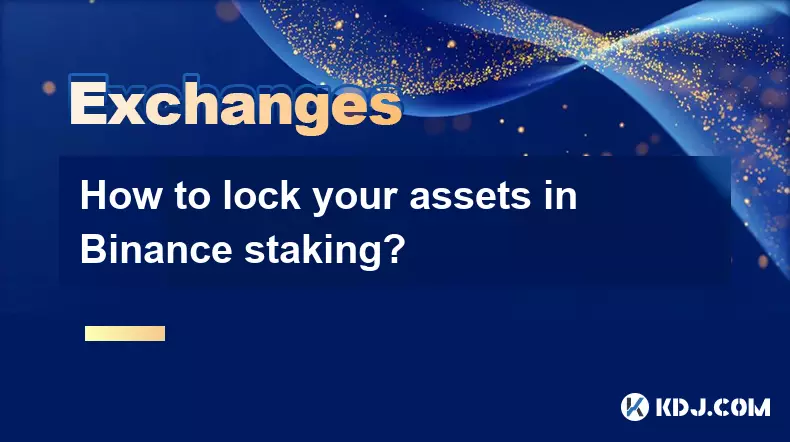
How to lock your assets in Binance staking?
Aug 30,2025 at 01:37pm
Understanding Binance Staking Options1. Binance offers multiple staking products including Locked Staking, DeFi Staking, and Liquid Staking. Each prod...
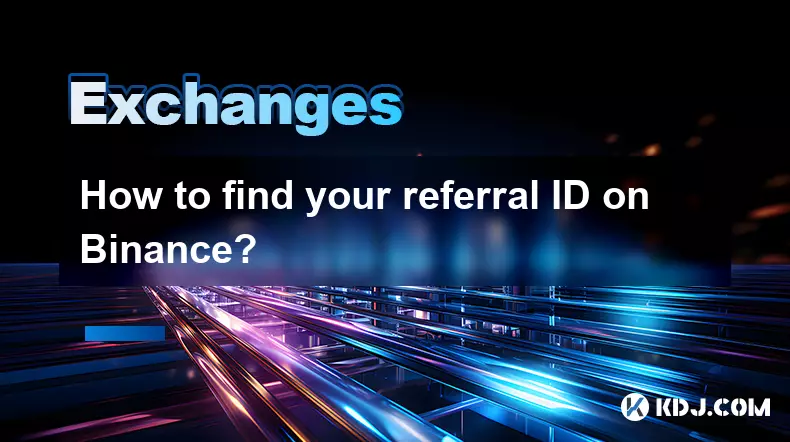
How to find your referral ID on Binance?
Aug 30,2025 at 12:18am
Understanding the Importance of a Referral ID on Binance1. A referral ID on Binance is a unique identifier assigned to each user who participates in t...

How to trade a new coin listing on Binance?
Aug 29,2025 at 11:14am
Understanding the Pre-Listing Phase1. Research the project thoroughly before any listing announcement. Whitepapers, team backgrounds, and community se...

How to use the Binance testnet?
Aug 31,2025 at 02:19am
Understanding the Binance Testnet Environment1. The Binance testnet is a simulated version of the Binance Smart Chain (BSC) that allows developers and...

How to trade with USDT on Binance?
Aug 30,2025 at 02:19am
Getting Started with USDT Trading on Binance1. Create and verify your Binance account. Visit the official Binance website and complete the registratio...

How to trade with BUSD on Binance?
Aug 30,2025 at 07:42am
Understanding BUSD and Its Role in Binance Trading1. BUSD, or Binance USD, is a stablecoin pegged to the value of the U.S. dollar, meaning 1 BUSD is a...

How to lock your assets in Binance staking?
Aug 30,2025 at 01:37pm
Understanding Binance Staking Options1. Binance offers multiple staking products including Locked Staking, DeFi Staking, and Liquid Staking. Each prod...

How to find your referral ID on Binance?
Aug 30,2025 at 12:18am
Understanding the Importance of a Referral ID on Binance1. A referral ID on Binance is a unique identifier assigned to each user who participates in t...
See all articles























